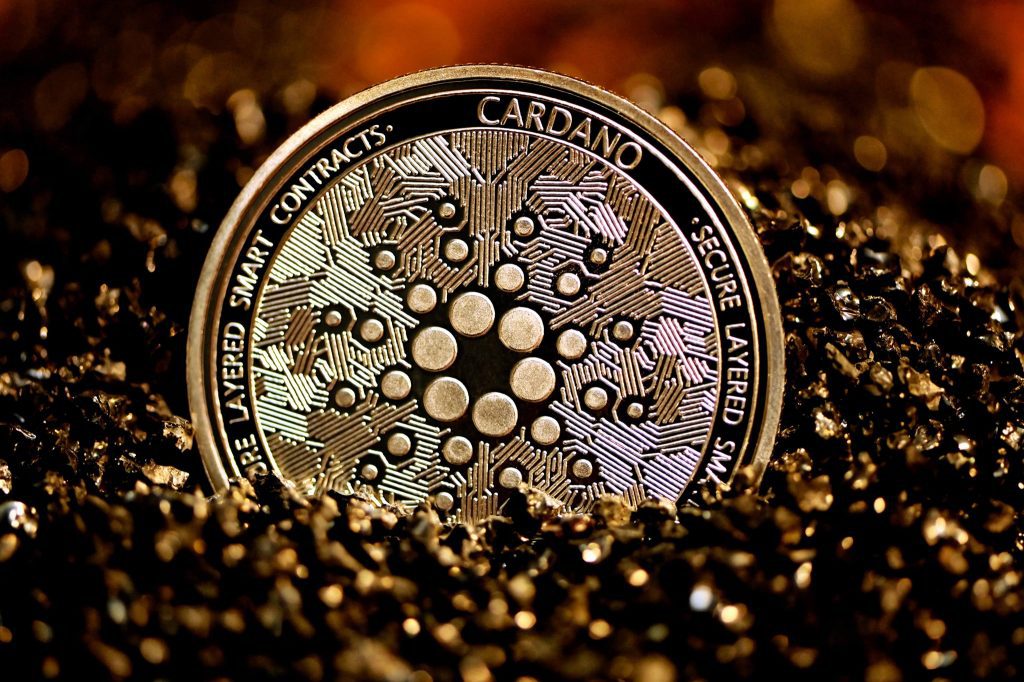As the development of Smart Contracts continues, researchers at IOHK plan to work with a system of stable transaction fees on its Blockchain network.
Cardano News: First Smart Contract on Alonzo, Price Evolution. The Cardano team made a series of announcements recently, sharing with their community members the progress they are making on the various fronts they are working on for the project’s future.
The first smart contract on Alonzo
The Marketing and Communications Director for the Cardano Foundation, Tim Harrison, made the first announcement with Nigel Hemsley (Project Delivery Manager) and Dimitri Poulopoulos. The first Smart Contract is operational on Cardano’s public test network, Alonzo.
The developers reported that they are in the middle of the “Alonzo Blue” development phase, which focuses on designing the interface for writing Smart Contracts. Thus, a first “Hello World“-style Contract, which translates into the first message published through the network associated with a hash address, is ready.
The team is still working on creating basic scripts for the design of Smart Contracts. Once finished, Cardano is ready to transition to “Alonzo White,” It is necessary to prove that it is already possible to send, validate, and execute simple contracts on the network.
The team will introduce Plutus components during the “Alonzo Purple” phase when the test network is fully public. In preparation for the latter, groups such as Altlabs, Eleks, Mlabs, Obsidian, and others are already working on several use cases, including a token exchange service, DeFi protocols, and NFT platforms.
On the other hand, the IOHK team published on its Official Blog that they are studying the possibility of setting “stable rates” applicable for cryptocurrency transactions. In this regard, they showed that the idea is to establish fair user transaction fees. They want users to know the fee amount before sending transactions without implying zero fees, leading to network saturation with unnecessary transactions.
The stable fee mechanism encompasses a native decentralized reserve contract that manages a stable currency linked to the basket, called Basket Equivalent Coin (BEC).
Basket of Commodities
According to the IOHK team, the idea behind this initiative is to create a base price for transactions using a basket of commodities:
“A comparison in the fiat world could be the International Monetary Fund’s SDR (Special Drawing Rights) and value based on a five currency basket: the U.S. dollar, the Euro, the Chinese renminbi, the Japanese yen, and the British Sterling Pound. The Stablecoin, let’s call it the Basket Equivalent Coin (BEC), is the currency used to pay transaction fees (and all other real-world platform pricing needs, e.g., SPO costs).“
In the ADA case, the network’s native currency serves several functions. It operates as a reserve asset and staking rewards, contemplating the possibility of being the alternative currency if a reserve contract faces a liquidity shortage.
Given that this is currently under study, the IOHK team clarified that as they move forward, they will integrate progress into the ADA ecosystem to try to materialize a fair pricing system, as they describe throughout the post.
They also indicated they could use a global pricing oracle, which could see uses beyond transaction fees. The Oracle could further expand the ecosystem of services Cardano offers its users.
Cardano price prediction
Cardano ADA is one of the cryptocurrencies least affected by the red tide the market has been experiencing lately. Could this be a good sign for its price evolution?
Looking at the price chart using a monthly time frame, the period of turbulence and losses we have been experiencing in the cryptocurrency market is overshadowed by the previous month’s incredible bullish strength.
The current month is developing a bearish candle, and so far, it appears to imply a simple pullback before moving higher, a view that holds as long as ADA does not break the $1.19 support.
Using the Fibonacci retracements, we see that Cardano stopped above the 61.8% area, a level usually reached to make a healthy pullback and then start a new impulse. This tool marks a target of $3.41 if the trend resumes soon.
But for this to happen, we should first wait for some confirmation signals, which we should look for on smaller time frames.
Performing a time frame analysis of the Cardano price chart, we observe evident exhaustion of the bears after reaching the support bordering $1.00, a level that seems to be signifying the bottom of the pullback.
The last few week’s behaviors do not confirm that the trend is resuming. However, the continuous higher highs bend the probability in favor of bulls.
Key levels to watch
Price is consolidating with support at $1.32 and resistance at $1.80. A break of either extreme will herald the start of a broader movement.
A break of the lower level would open the way for a sell-off to probably $1.07. However, the significant rejection we saw earlier at that level may exert good pressure to stop the selling.
Breaking above $1.80 would mean the resume of the medium to the long-term trend, putting ADA looking for new all-time highs. The resistance that could cause some trouble on this path is $2.30.
The above analysis is informative; you must not use it as an investment recommendation. It has been prepared without considering your objectives, financial situation, or needs. Please do your research.

